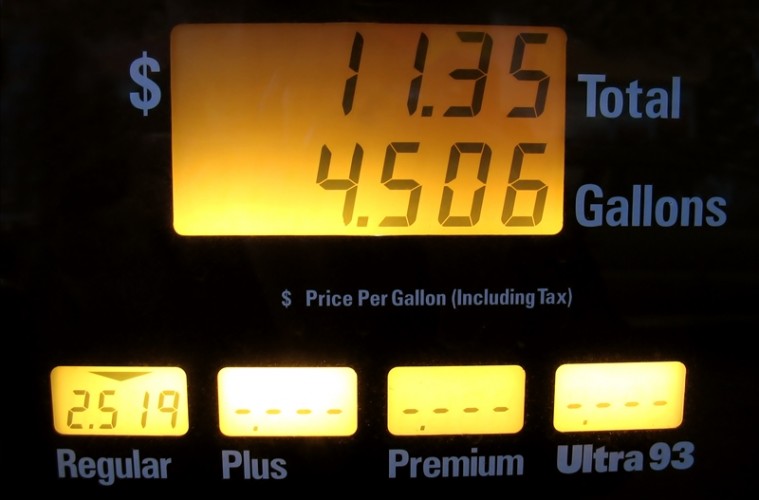Refueling a vehicle (unless it’s an all-electric automobile) should be a pretty straight-forward process. But, there are many differences in fuel, depending on which station the fuel is purchased from and what kind of fuel or gas the vehicle needs.
This guide will help determine what fuel is best for what vehicle, and demonstrate the benefits.
Purchase “Top Tier Gasoline”
Top Tier Detergent Gasoline is a standard for automotive fuel. This standard was created between a collaboration of BMW, General Motors, Honda, Toyota, Volkswagen, Mercedes-Benz and Audi. These manufacturers joined together and developed a guide for the right type of gas that should be put into their engines.
This fuel is considered to a be a higher standard, and contains the proper additives for maintaining a clean, low-emission engine. Using Top Tier Detergent Gasoline also should reduce or eliminate the need for fuel-system cleaners and other off-the-shelf fuel additives. Below is a list of retailers that sell the Top Tier fuel.
| TOP TIER Gasoline Retailers: | |
| USA | Canada |
| 76 Stations | Chevron Canada |
| Aloha Petroleum | Esso |
| BP | Petro-Canada |
| Chevron | Shell Canada |
| Conoco | |
| CountryMark | |
| Exxon | |
| Hawaii Fueling Network (HFN) | |
| Holiday Stationstores, Inc. | |
| Kwik Trip / Kwik Star | |
| MFA Oil Co. | |
| Mileage Stations | |
| Mobil | |
| Ohana Fuels | |
| Phillips 66 | |
| Quik Trip | |
| Road Ranger | |
| Scheirl Oil | |
| Shell | |
| Texaco | |
| Tri-Par Oil Co. | |
| U.S. Oil | |
Choosing the Correct Octane
When filling up at a gasoline station, there are usually three levels of gas: regular, super and premium. Next to those will be an octane rating. The owner’s manual is a key resource in determining what octane rating the vehicle needs. Some vehicles require just regular unleaded gasoline (typically 87 octane). Some may require premium gas (typically 91 or higher). Some motors will even take both.
Most passenger vehicles are programmed to work the best with regular gasoline. Purchasing premium may provide a placebo effect, but does not provide any real-world performance benefits. For a vehicle that requires premium gas, using regular unleaded can cause damage to the engine and the gas system. Also, if the vehicle is a sportier car, performance will be hindered. If the vehicle’s owner’s manual says that both will work, that typically means that if a higher octane is used, the car’s performance will be better.
Some people who have vehicles that require premium fuel still purchase regular to avoid paying the higher price. If that vehicle achieves 30 miles per gallon in fuel economy and is driven 10,000 miles per year, that is an additional $67 per year in gas cost (typically premium gas is 20 cents per gallon more expensive). It is not worth the risk to the fuel system for that amount of savings.
Additional Note: In California, the highest octane that can be purchased at a gas station is 91, and in other states 93 and 94 can be purchased. In performance-oriented cars, the higher the octane the better. 110 octane race-fuel can even be purchased at most tracks for the maximum performance (and price).
Choosing the Correct Type of Fuel
It is quite common for someone to not know what type of fuel their vehicle uses and accidentally put diesel fuel into a gasoline-powered car or vice-versa. Diesel fuel is often dispensed from a nozzle with a green handle, and typically will not fit into a gasoline motor without forcing it. The owner’s manual will specify if the vehicle requires gasoline or diesel, and serious damage can be cause by using the wrong type of fuel. As diesel vehicles become more popular, stations are starting to integrate diesel and gasoline pumps in the same place. For some people, extra care and attention needs to be used before filling.
By following the tips and advice here, not only will the vehicle achieve the best fuel economy, but also require the least amount of repairs over the long-haul.



